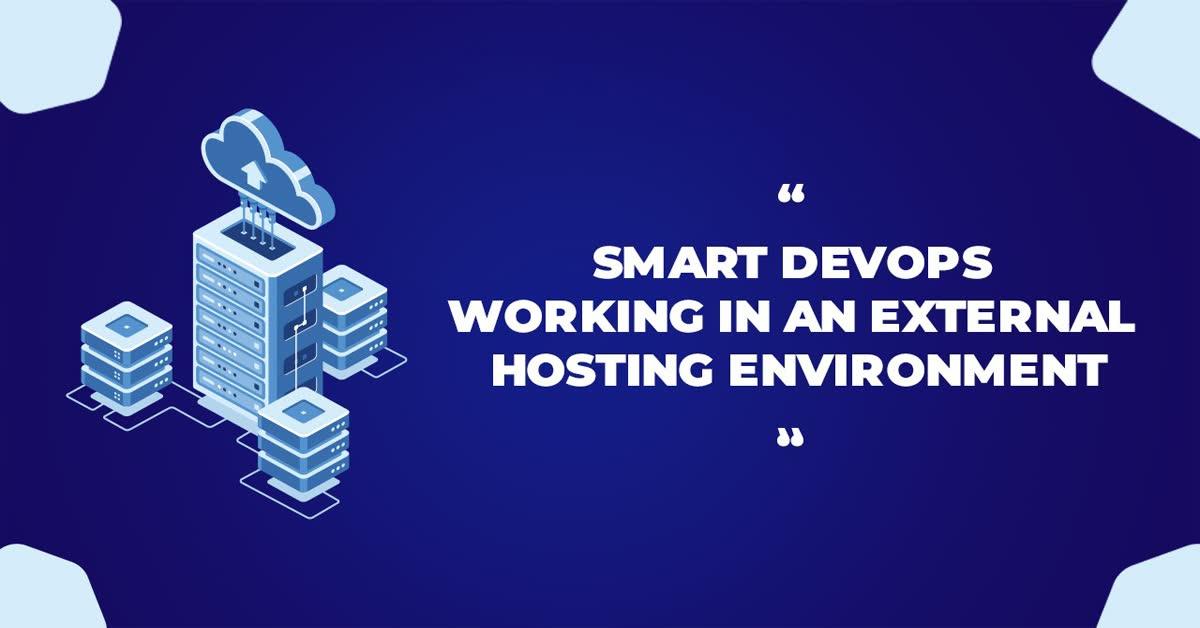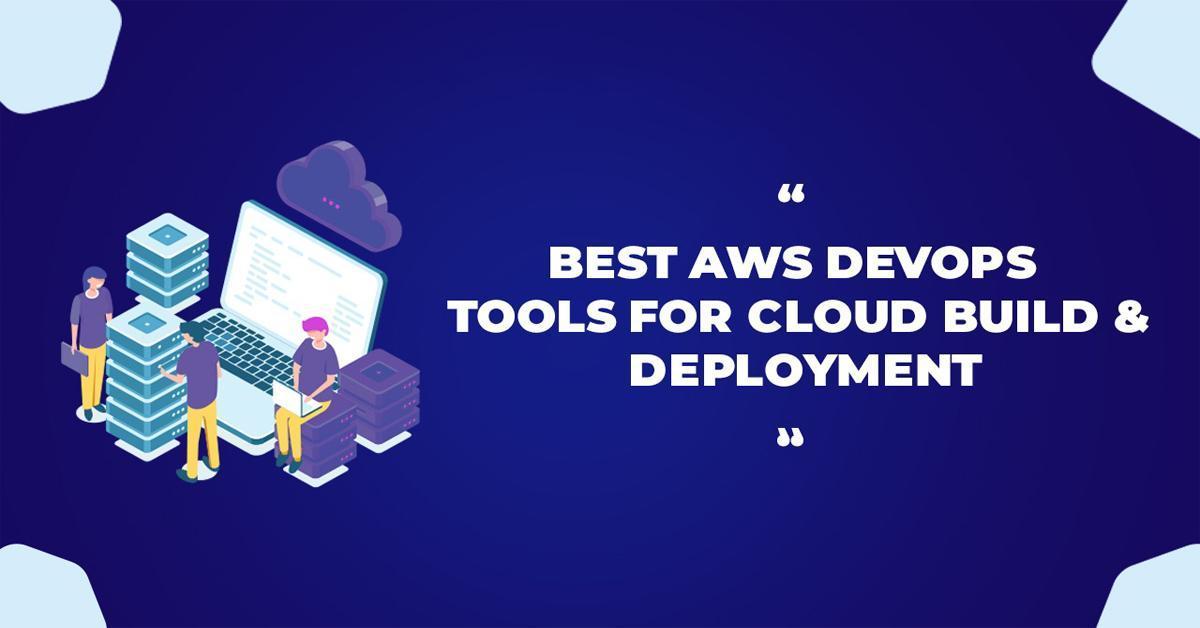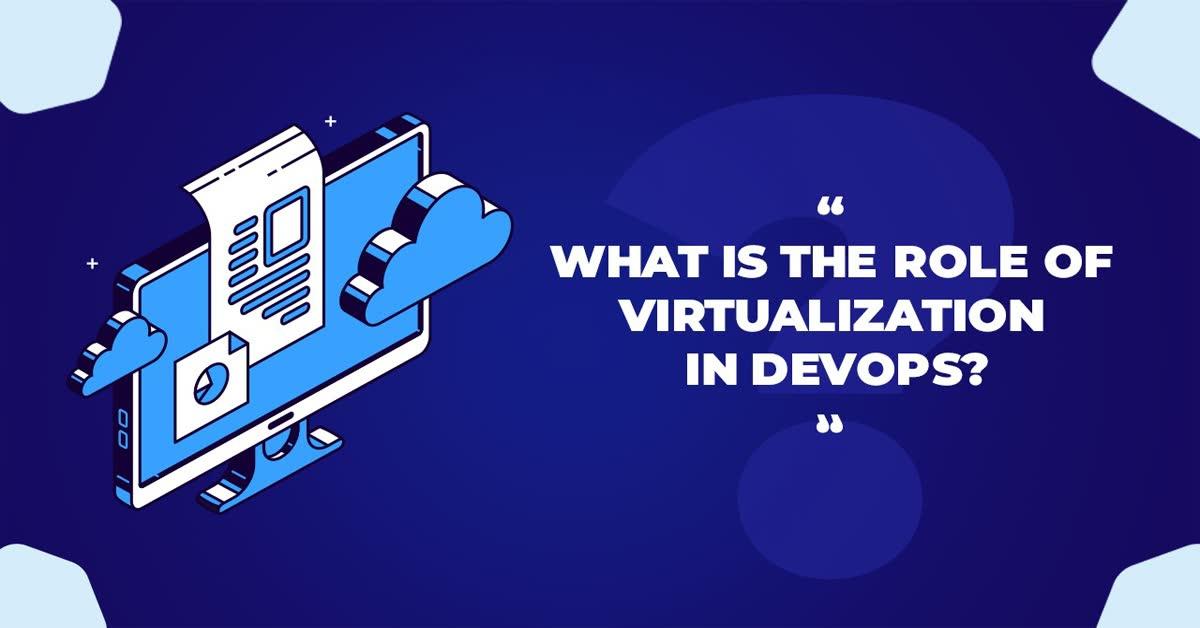Tips to get smart DevOps Working in an External Hosting Environment
DevOps Makes reference to the consolidation of software development. It comprises software Testing and operations methodology. The term operation methodology consists of four pairs, one is values, second is principles, third is a method and the last is practice. There is a variety in describing a method for DevOps. Technology group describes DevOps as an art, progress, a philosophy and a set of implementation. DevOps is an act of utilizing software to automate and upgrade imperfect procedures and conduct a complicated system.
DevOps Elements
1. IT Operations
2. Quality Assurance
3. Development
4. Testing
5. Building & Designing
DevOps are considered the best at its work but why? Here is the answer to that, The DevOps culture is strengthened by the practices it borrows from agile and lean principles with a focus on quality and service. DevOps specialists always pursue to add value to a customer.
Characteristics to get Smart DevOps working in an External Hosting Environment
DevOps IT Planning and architecture:-
If we talk about DevOps IT, it is about to plan, build, continuous integration, deploy,
operate, and continuous feedback. The DevOps IT section has managed to solve complex systems and enhanced performance. Scale workflow with a speedy pace. Developing code in an appropriate manner. The function which is carried by Devops IT for smart working:-
1. Developing code
2. Test automation
3. Construct Infrastructure
4. Manufacture with Continuous integration
Computerization with microservice and cloud:-
Economic engines like Microsoft, Amazon, Netflix required a microservice for preferable working. Computerization refers to resources like desktop, operating system and web
network. To monitoring and changing, code time to time required critical DevOps
exercise. Computerization production needs an extensible, defended and steady cloud hosting platform. Cloud-Based Infrastructure allows microservice computerization. Cloud has a deep connection with computerization.
Agile-Energized DevOps Methodology:-
DevOps has expanded the concept of Agile Software development, apart from the deployment of the product to comprise the service provided by IT. Agile needs to support the IT operation for the design and development stages. To better acquire the element of this board
methodology, you must acquaint yourself with it.
Practice-Continuous Integration & Continuous Distribution:-
Continuous integration is the implementation of engaging in the ongoing testing process. Integrating Code development with actual time and problem seeking test. In simple words
Continuous integration work upon reducing integration problems, upgrade the
service and reduce the time of release. Continuous integration of inscription
problems to keep the system in working state.
Continuous Delivery is an exercise of constantly building and testing. Continuous delivery is mostly used by web companies for better functionality.
The facet of DevOps for smart working:-
- Site Reliability Engineering- It is all about using the software as the primary tool to manage, maintain. It also has a set of elements and works practice. In other words, It is engineering which works upon the design in operation function. The area of production is the leading sector of it.
- System Administration:- System administration is accountable for managing, operating, servicing a system in a computing environment. The network of computer servers demands system administration for effective services. It handles and performs user training and system-related project management.
- Data Analytics:- It is an advance towards a method that takes from agile development and lean development. To improve all cornerstones of service, Data analytics much-needed face. To upgrade the function of Velocity quality, Security, and reliability of data analytic at different scales.
- Revolution Time:- Revolution time should be less because it affects delivery automation and microservice designing. After experimentation and observation, data-informed business cases and results. Shortened the revolution time the higher the stability and services of delivering.
- Infrastructure as Code:- This is the exercise represented by SRE. In this process, you control software development infrastructure technically. Utilize the codes and different types of techniques, just as continuous integration. For speed up deployment and repeatable method system connect with system infrastructure. In a cloud-hosted environment use of software, code is much appropriate.
- Configuration management:- This is the operation of controlling change systematically over time to make a balance in system morality. In system development factor, configuration management recognizes the system change by aspect at a specific stage. In DevOps that is easily managed by automation method and microservice architecture design.
- Authenticated Learning:- Using applicable data from performance and increasing the feedback loops, at every stage to lead continuous improvement.
- Version Control:- Communication tools for managing the change is mandatory in software development regarding time on a daily basis. Control the operation activity and get connected with other software tools. The control is mandatory for functioning in different aspects of web development.
- SAFE Framework: – It is derived as a Scaled Agile Framework, It shows itself that it is scalable and also approach for executing in a perfect way. The connection between the best and a needed requirement for an organization, it is a master facet in that term. It is obtainable as an online knowledgebase. Executing Lean agile development with safe furnish comprehensive guidance. It works at a large solution and team level.
Core Elements of DevOps
- Create Server: – Managing and creating a different kind of server, always carrying the weightage of productivity of software development and service. Handling the server and working on it gives a direction to the execution of better services.
- Configuration Management Tools: – The management with regard to the high-velocity virtual production environment. Cloud hosting platform assist the configuration tools
- Virtual Infrastructure: – It is a leading facet in terms of software development because using code and techniques for speeding up.
- Test Automation: – It is like a clear pattern of toolchain and architecture with the help of this, the programmer has a clear vision towards the service.
DevOps Principles are prominent Elements
We can easily categorize these elements in three ways
1. The first way consists of proceeding towards the flow of work while increasing the overall performance of a system. The first way needs to build regularly the integration and deployment principles in on demand. The primary focus is that the work should be in process and keep change and constant with security.
2. The second way is all about emphasizing the daily development over daily work. It also influences all stakeholders to share the collective plans. The regular basis of flow from a different direction, it prevents inevitable failures.
3. The third way generates a culture that embraces the experiment and understands the daily basis exercise and repetition is the key to mastery. The third way needs a high trust leadership environment that strengthens improvement through risk-taking.
Conclusion
DevOps is quite an impressive software development methodology because it has a focus on the culture of collaboration, in spite of encouraging the siloed functionality. DevOps is not easy to pick at a fast level but it requires determination. It works on web development software in a deep working with all.
And the very last words of advice or tips for getting smart DevOps working in an external hosting environment is to at the end find your own approach. This is true as no one else can understand your condition better than you. So finding your own approach with all the help that you can get from this article and other resources is the way to go.





































